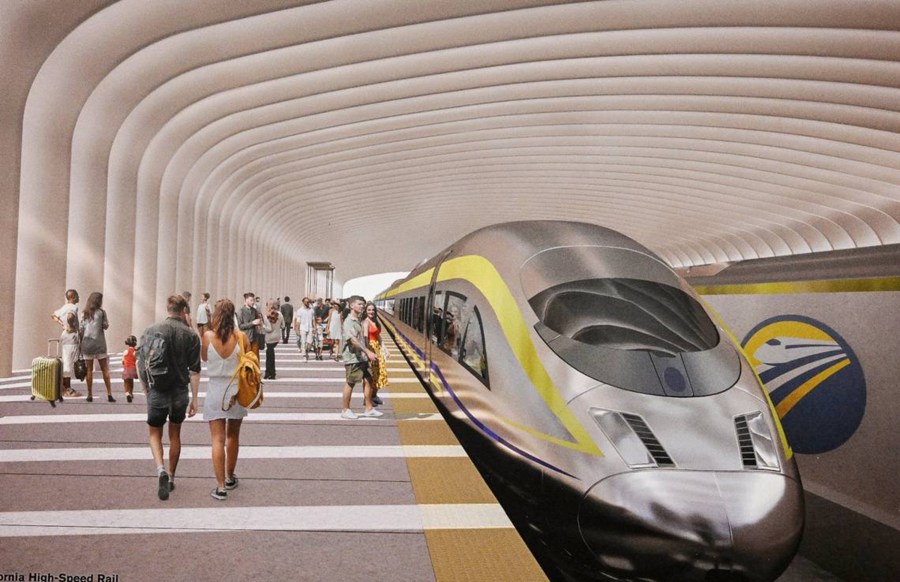U.S. Transportation Secretary Sean Duffy on Wednesday threatened to halt all funding to California’s high-speed rail project, calling it a “boondoggle” with no viable path forward.
In a 310-page report and a letter to Ian Choudri, CEO of the California High-Speed Rail Authority, Duffy alleged “a trail of project delays, mismanagement, waste and skyrocketing costs” that have already cost taxpayers approximately $6.9 billion and failed to lay any track.
“I promised the American people we would be good stewards of their hard-earned tax dollars. This report exposes a cold, hard truth: CHSRA has no viable path to complete this project on time or on budget,” Duffy said. “CHSRA is on notice — if they can’t deliver on their end of the deal, it could soon be time for these funds to flow to other projects that can achieve President Trump’s vision of building great, big, beautiful things again.”
Duffy gave Choudri 37 days to respond to the report, after which $4 billion in grants could be terminated, he said.
Voters first approved $10 billion in bond money in 2008 to cover one-third of the estimated cost of building the rail line, which would connect Los Angeles to San Francisco, with the aim of having trains up and running by 2020.
The current construction involves only a 171-mile segment from Merced to Bakersfield in California’s Central Valley, which the authority hopes to begin testing in 2028.
In 2023, then-President Joe Biden awarded a $3 billion grant to help officials complete the first phase of the project. That grant came after he reinstated a $1 billion grant to the High-Speed Rail Authority that the first Trump administration had previously blocked.
The California High-Speed Rail Authority did not immediately respond to KTLA’s request for comment.
Choudri, who was appointed CEO of the California High-Speed Rail Authority in August, is tasked with reinvigorating the nation’s largest infrastructure project amid skyrocketing costs.
“We started this one, and we are not succeeding,” Choudri said, describing what drew him to the job after work on high-speed systems in Europe. “That was the main reason for me to say, let’s go in, completely turn it around, and put it back to where it should have been. Fix all the issues, get the funding stabilized, and demonstrate to the rest of the world that when we decide that we want to do it, we actually will do it.”
The Associated Press contributed to this report.



